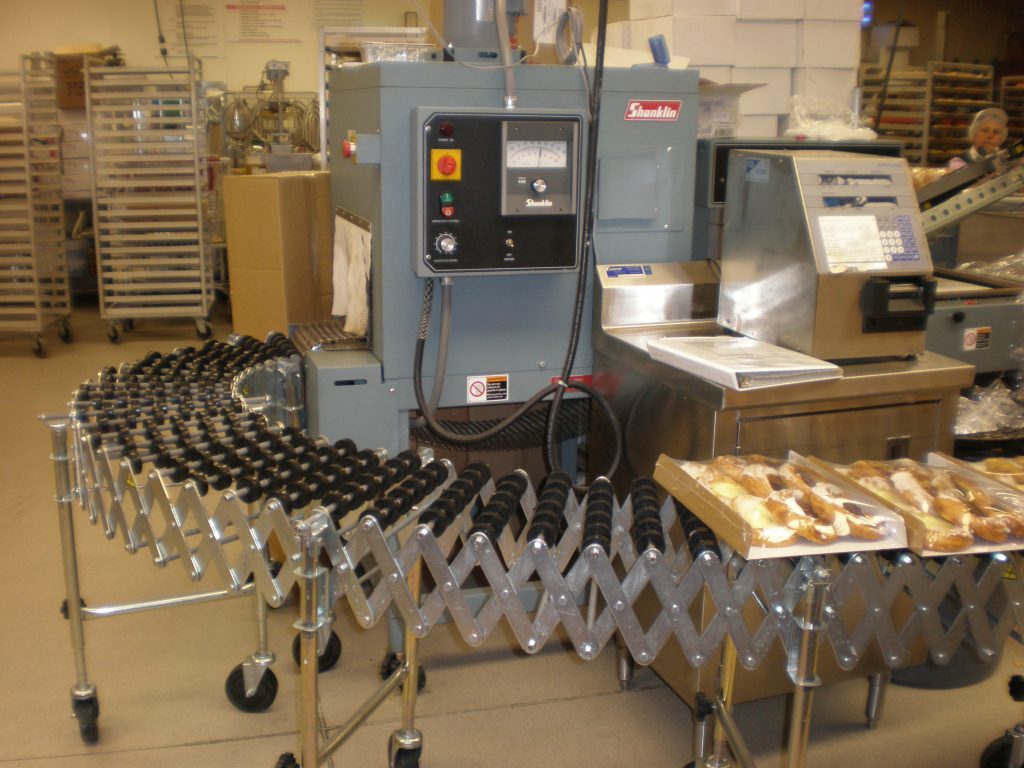The basic function of a shrink sleeve tunnel is to regulate the amount and direction of heat applied to provide efficient shrinkage in a consistent way.
The technique of shrink sleeve helps in protecting the product against meddling by compromising with neck bands and tamper-evident seals. However, products with different geometric measurements require different categories of shrink sleeve tunnels for an effective brand printing.
Therefore, it becomes essential to know about the main types of shrink sleeve tunnels to properly utilise them in accordance with various products.
Hot air tunnel
Due to its flexibility and user-friendly approach, a hot air tunnel is the most common type of shrink sleeve tunnel. It contains an enclosed heated area which supplies heat to the object and its surroundings. Air is used as an intermediation for heat transferor.
However, its inability to control the hot air generated is its downside.
Steam tunnel
The capability of a steam shrink tunnel to offer a complete 360-degree heating around the container provides uniformity in shrinkage. This feature also reduces energy usage and the possibility of the container alteration. Moreover, the process of shrinkage occurs at low and constant temperature.
The functioning of this tunnel involves a steam source which may not be that feasible for various environments. However, the plus point of steam is that it is a less aggressive heat source and is a viable option for containers who have an hour or a round glass shaped.
Radiant heat tunnel
It uses radiant heat to provide the energy. This tunnel optimises different energy sources such as tube lights, quartz panels, etc.
They are mostly used in joint operation with other types of shrink tunnels to provide optimal finishing.
Among all the shrink tunnels, radiant heat tunnels provide the most aggressive shrinkage capability. They deliver the best outcomes in case of containers with neck bands.
To respond to the various characteristics and types of application for each film, various shrink tunnels have been developed on the basis of kinds of films with different shrinkage ratios.
Thus, selecting the perfect tunnel for a certain sleeve usage involves many factors such as type of shrink film, container’s material, line speed, and consumption worries regarding atmosphere and energy.
Moreover, it is important that the correct type of shrink material is taken into consideration as well. To make the best choice, product shape and shrink tunnel are critical aspects.

